Each fall, monarchs set out on one of the world’s longest insect migrations by flying 4,000 to 5,000 kilometers from southern Canada to their wintering sites in the mountain forests of Mexico, yet one of them couldn’t make it last year.
Luckily enough, the poor thing was found and saved by Debbie Tonner and her loving family.
More info: Debbie Tonner
Debbie Tonner spotted a struggling butterfly outside her home in Canada and brought her inside to escape the harsh weather

Image credits: Debbie Tonner
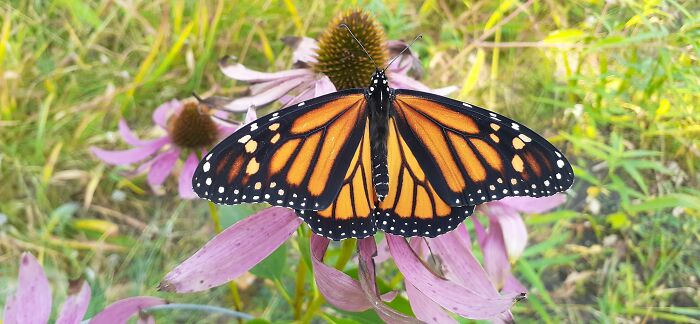
Image credits: Debbie Tonner
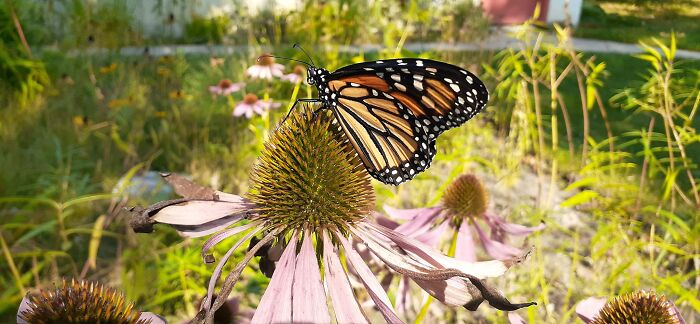
Image credits: Debbie Tonner
It all started in August last year, when Debbie’s family spotted a struggling butterfly outside their home in Canada: “We noticed her fluttering around in the grass. She seemed unable to fly. I put her on a flower in the garden. She fluttered around and flew a few feet. Then she would fall to the ground. She would climb back up the flower stem and repeat this fluttering.” Debbie knew there was something wrong there, so she decided to bring the butterfly home.
“The next day, I put her on the flower and she repeated this pattern (of not being able to fly). We continued to put her out every fair weather day. Always with the same result,” the woman said.
Debbie understood that the current condition wouldn’t allow the butterfly to join her kind on the long journey south, so she named her Terra and welcomed her to the family with lots of love and care: “Eventually, it got too cold for her to go outside anymore. We brought her inside for good at this point. She is part of our family.”
Day by day, Debbie and Terra became really close to each other. The butterfly would start fluttering her wings in excitement each time when she would see the woman nearby.
Thanks to unconditional love and gentle care, this monarch butterfly was able to see spring
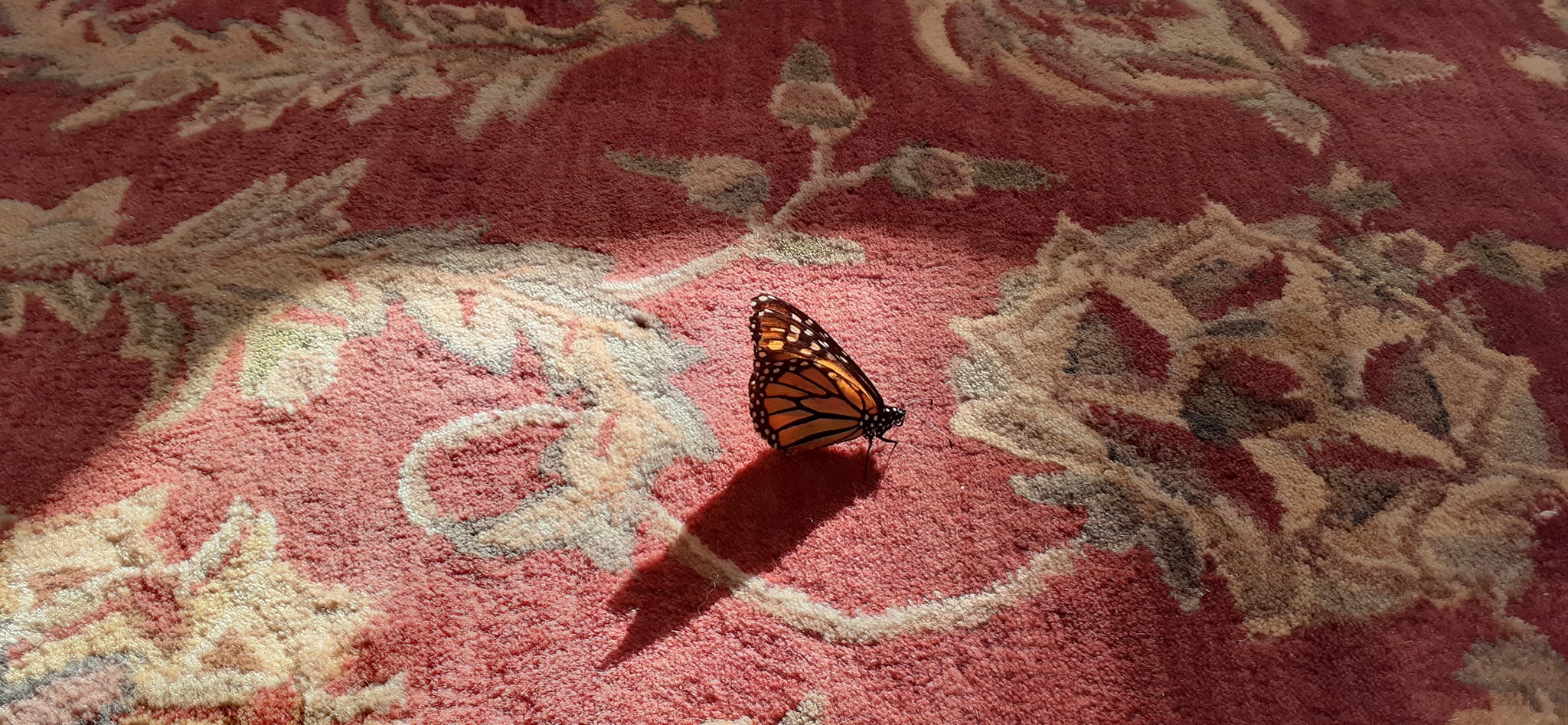
Image credits: Debbie Tonner
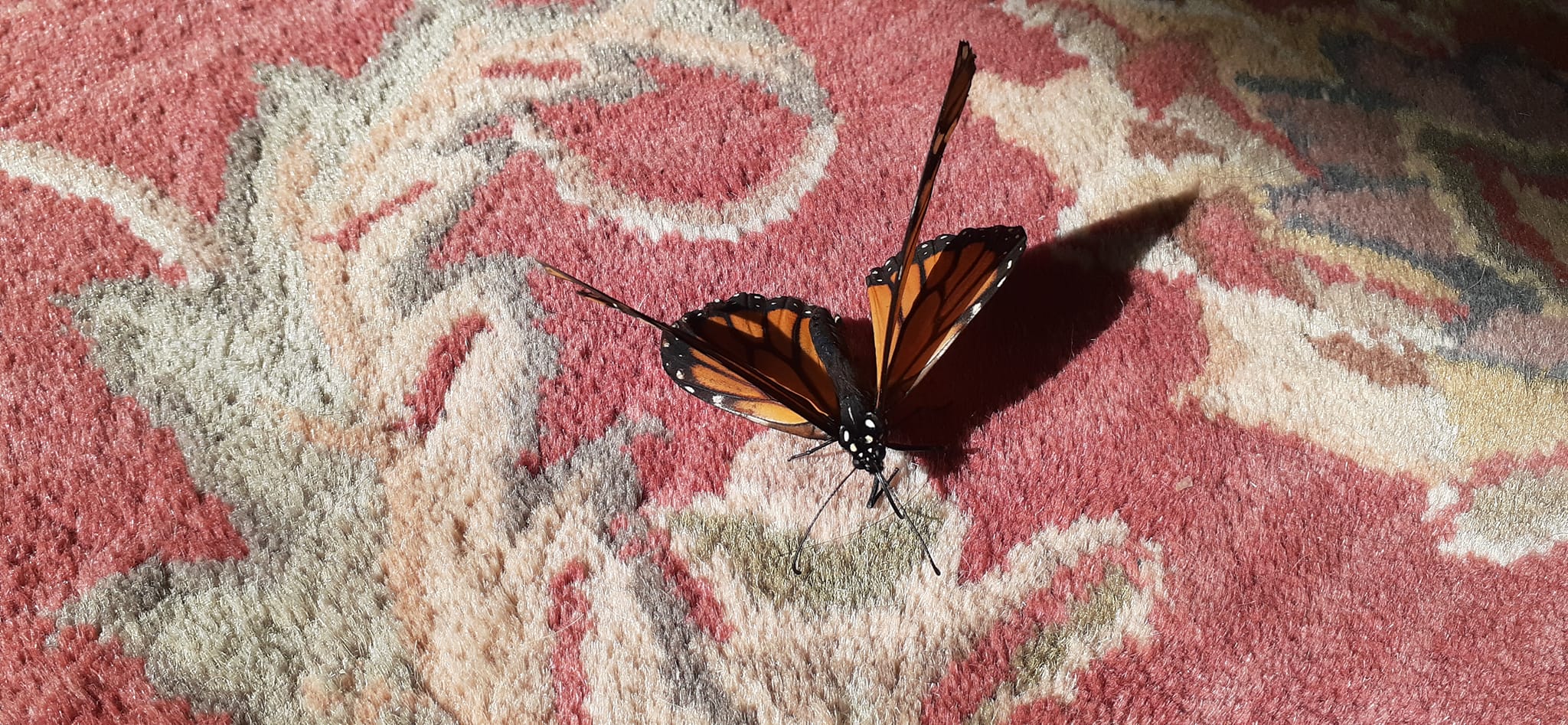
Image credits: Debbie Tonner
Thanks to the kindness, constant effort and gentle care of the loving family, Terra was able to survive the harsh winter and feel the warmth of the sunshine on her wings again.
“It was very special to see her feel the sun outside. She stretched her wings and soaked up the warmth. It touched my heart!” Debbie shared her joy.
Seven months after adoption, Terra passed away from old age, yet will forever stay in the family’s heart: “We buried her in our butterfly garden with a painted stone for a marker. My family and I shed a few tears for our beautiful girl, who has been with us so long.”
Without a proper ability to fly, Terra would not have survived more than a few days in the wild, but thanks to Debbie, she defied the odds
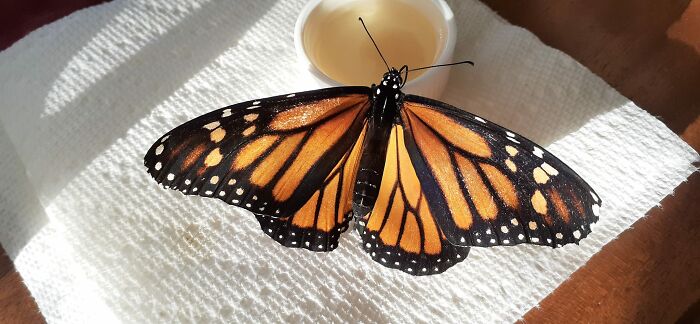
Image credits: Debbie Tonner
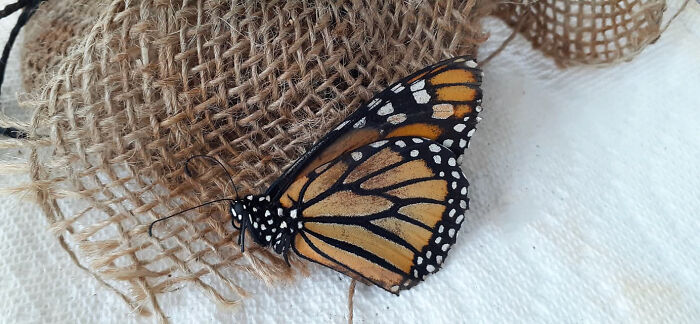
Image credits: Debbie Tonner

Image credits: Debbie Tonner
The monarch butterfly, with its remarkable orange wings laced with black lines, is one of the most recognizable and well-studied butterflies on our planet. A special gene for highly efficient muscles gives these mesmerizing butterflies an advantage for long-distance flight. They use the sun to stay on course and a magnetic compass that helps them navigate on cloudy days.
Monarchs are concentrated in North, Central, and South America but can also be found in Australia, Hawaii, India, and some other locations. To scientists, the monarch butterfly is better known as Danaus plexippus, which in Greek means “sleepy transformation”.
New scientistic data of the eastern monarch butterfly colonies wintering in central Mexico’s forests showed a decrease by 59% in 2024. “Fewer monarchs hibernating in their traditional forest habitat in Mexico greatly concerns all of us. It’s critical that all communities, governments, non-governmental organizations, scientists, and others continue to strengthen our conservation and protection efforts to support the monarch’s unique migration,” explained Jorge Rickards, who is the general director of WWF Mexico. “This is not the first time we’ve observed changes in the locations of the largest monarch colonies. It’s telling us that we need to intensify conservation and restoration measures not only in the Monarch Butterfly Biosphere Reserve, but also outside of it,” he added.
Monarchs are very sensitive to temperature and weather changes. Therefore, the climate change may affect biological processes, such as knowing when to reproduce and to migrate. Yet as a major reason behind their population decline, scientists are pointing to the disappearance of milkweed, which is the only place monarchs will lay their eggs and the only food caterpillars will eat. Interestingly enough, they can eat 200 times their weight!
Monarchs are ranked as “endangered” under Canada’s Species at Risk Act (SARA)
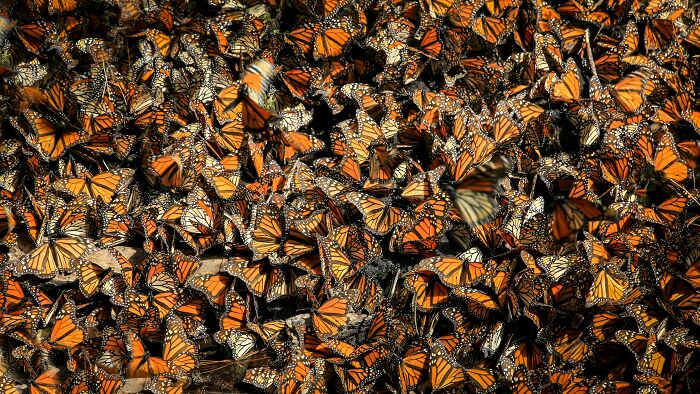
Image credits: Alex Guillaume
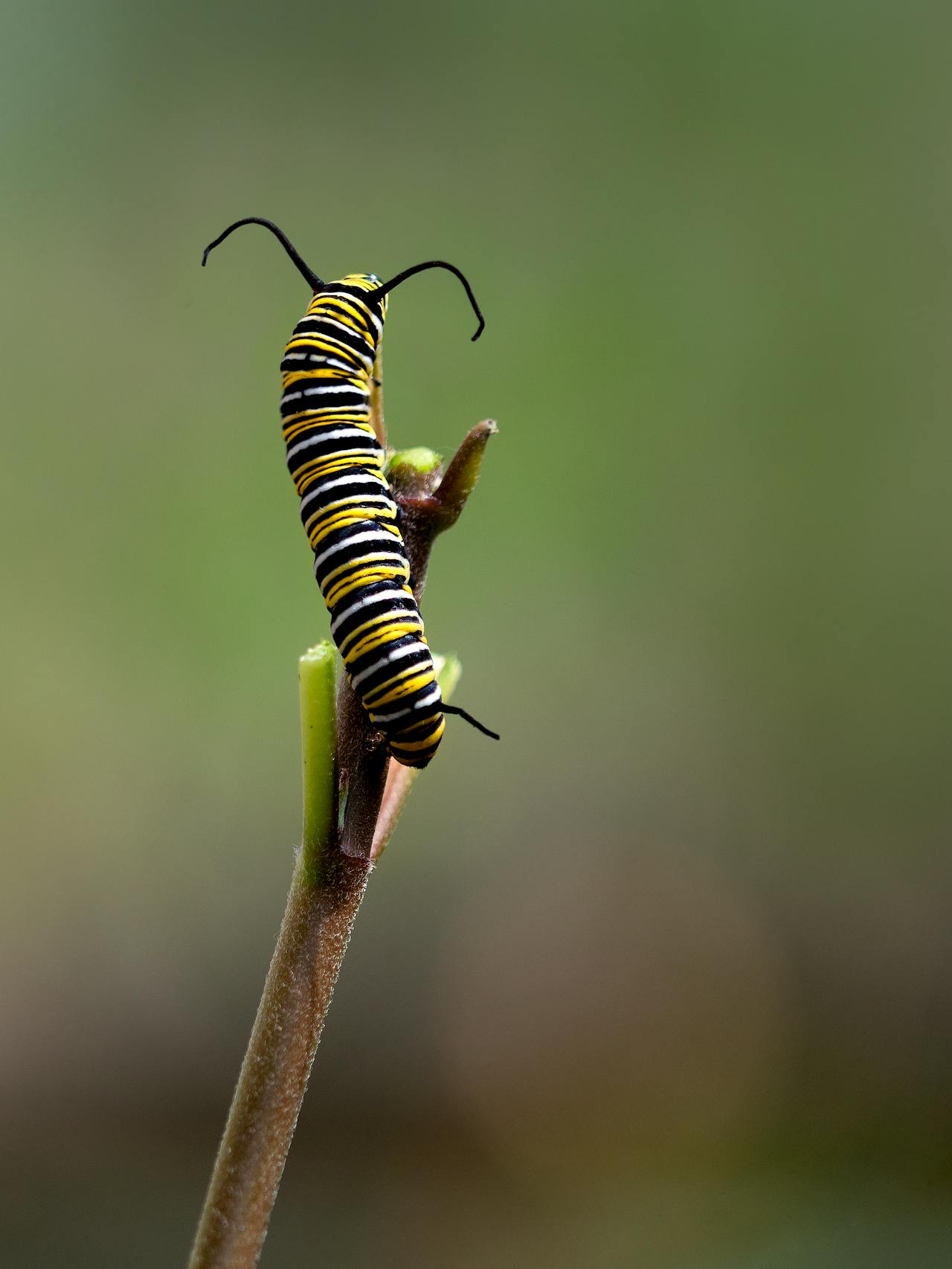
Image credits: William Warby
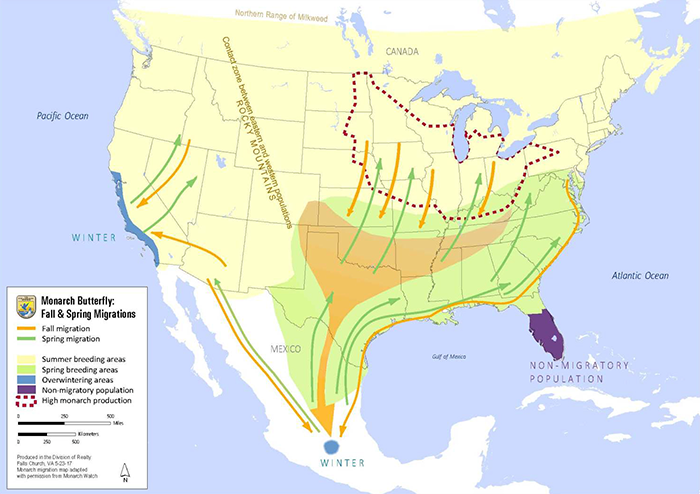
Image credits: The Kentucky Native Plant Society
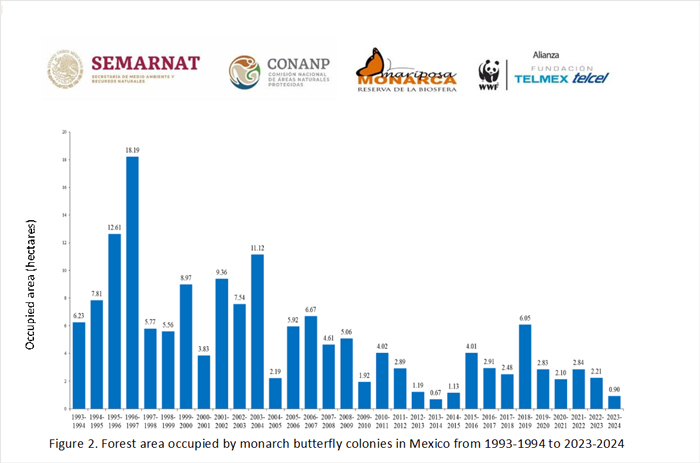
Image credits: The Monarch Butterfly Fund
Monarchs are ranked as an endangered species in Canada, yet thanks to such caring and loving people as Debbie Tonner, we have a very beautiful example of how each of us can make a difference in their fragile yet truly magnificent life.
It may seem that alone, we can do so little, yet the right example can spread and inspire so many people and then all together we can definitely do a lot!
People on the internet were overwhelmed by Debbie’s genuine gesture




















 English (US) ·
English (US) ·